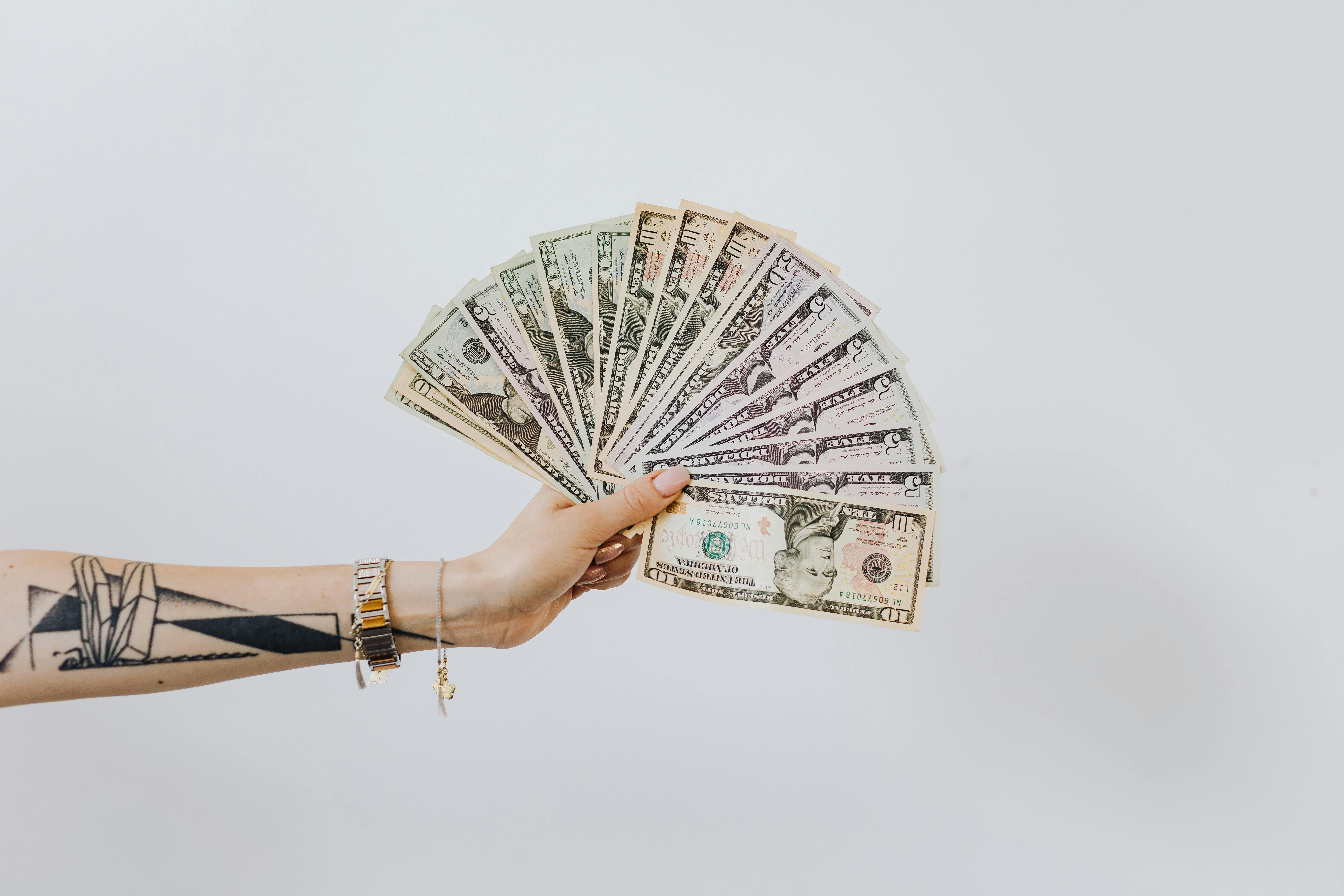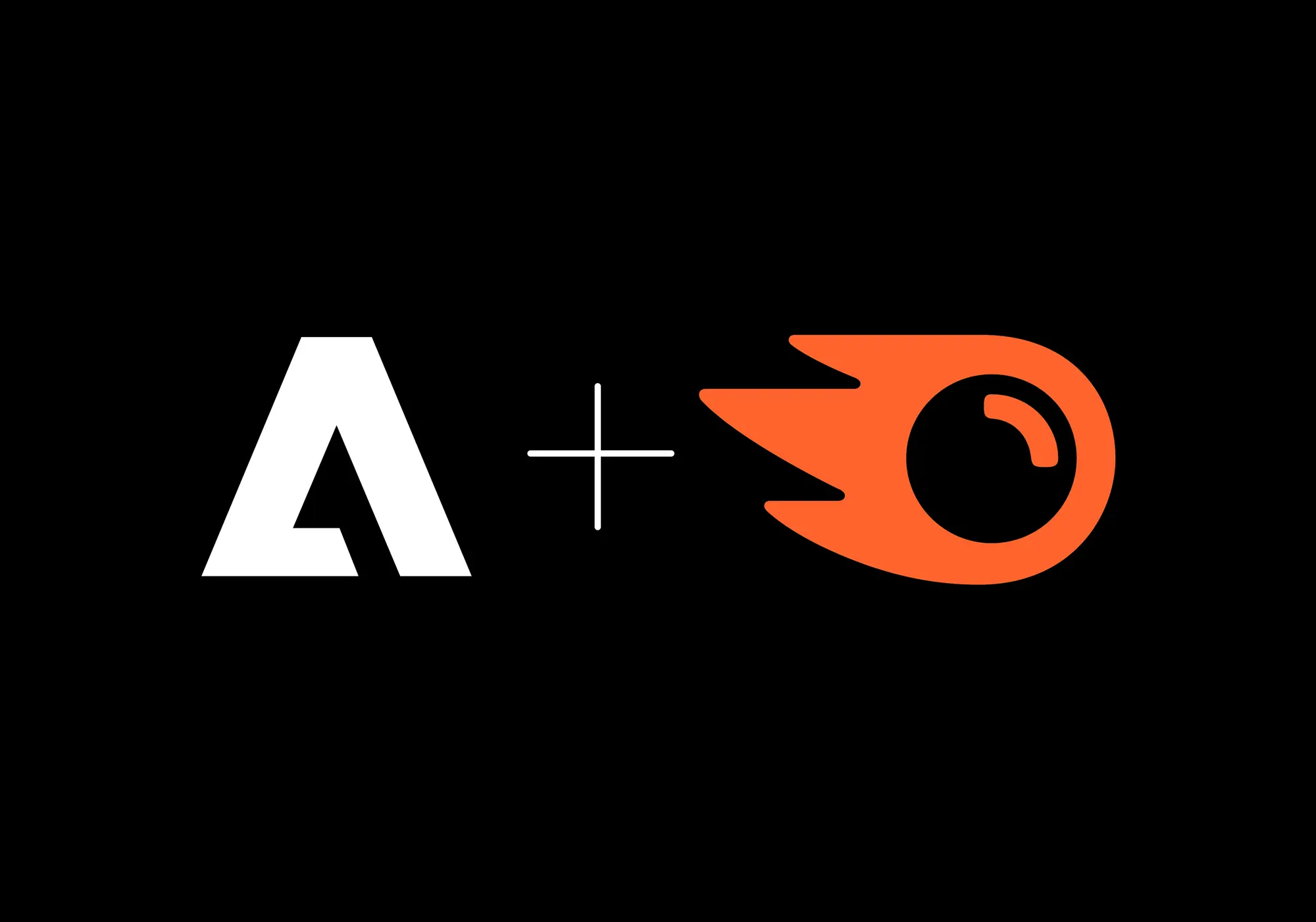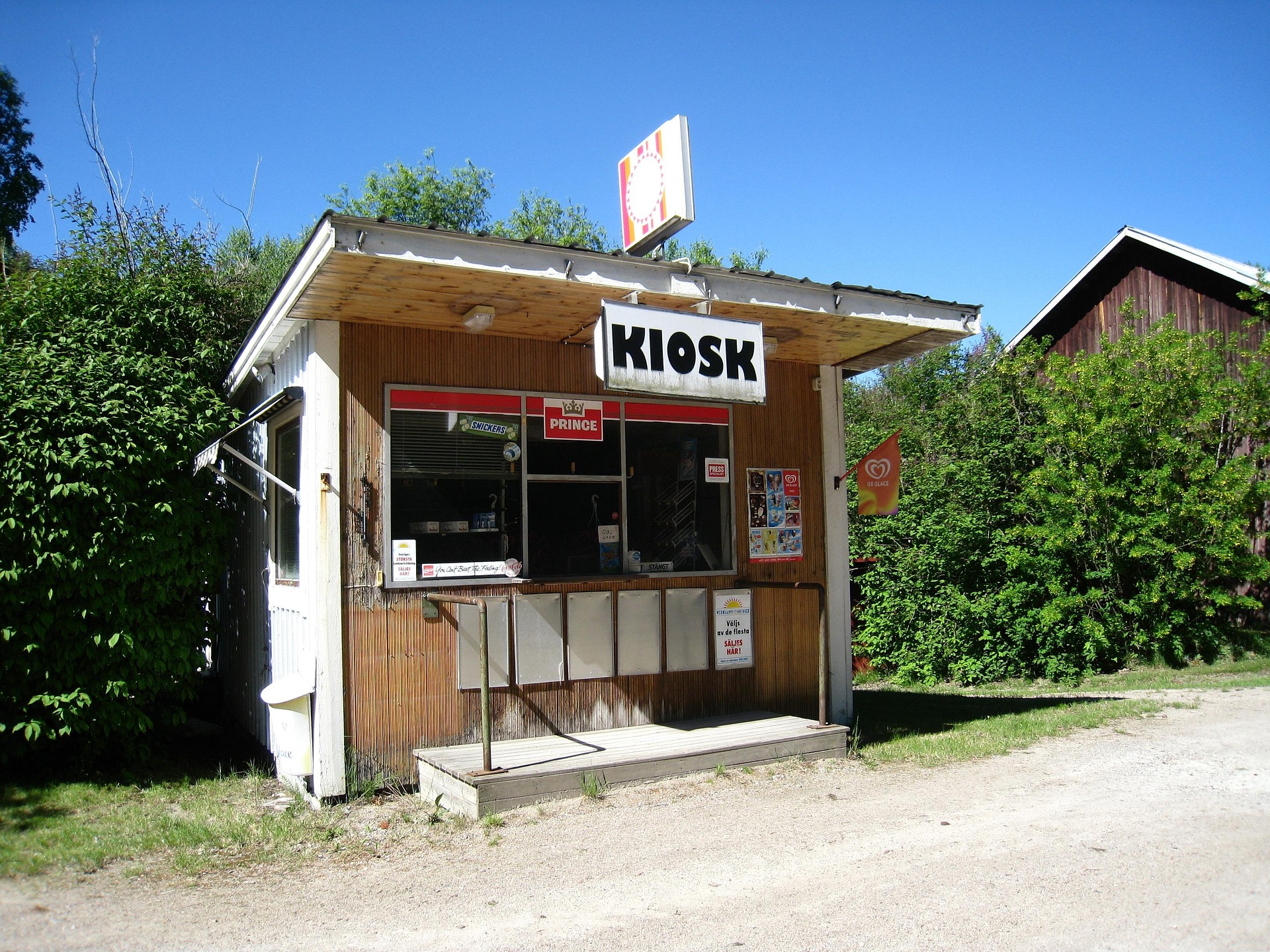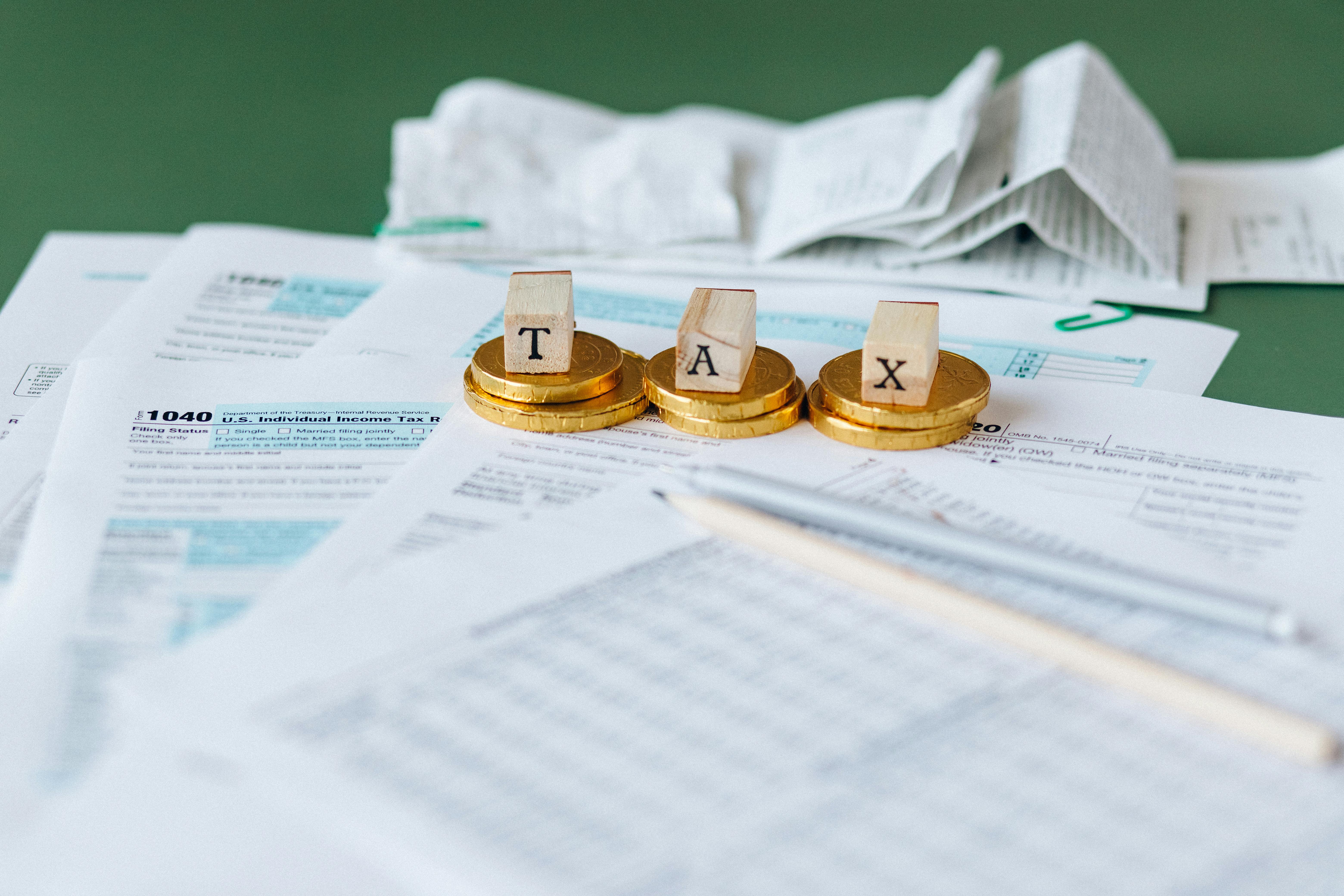What Is Customer Lifetime Value (CLV) and How Do You Calculate It?

October 14, 2025

Acquiring a new customer can be between 5 and 25 times more expensive than keeping an existing one. This is one major reason why customer lifetime value (CLV) is such an important metric for many small business owners. You might be tempted to just look at a customer’s first purchase and call it a success, but the best business owners know how to turn one-time shoppers into lifelong customers.
CLV is the total revenue a business can reasonably expect to generate from a single customer throughout the entire duration of their relationship. It’s a metric that transforms your business from a transaction-focused operation into a relationship-focused growth machine.
Understanding and optimizing CLV is essential for sustainable, predictable growth. It will help your business spend confidently on acquisition, focus resources on profitable retention, and help balance long-term goals with short-term efficiency.
What to Know About CLV
CLV is the net profit of an entire future relationship with a customer. It’s both a present and future-looking metric, which means it isn’t always an exact science, but uses historical data to inform future projections. A high current CLV means your customer relationships are strong, your products are excellent, and your business is designed for long-term loyalty that maximizes each customer’s value.
CLV is sometimes conflated with other customer-focused metrics, including customer acquisition cost (CAC) and average order value (AOV). There are a few clear distinctions between the three, however:
- CLV helps inform the maximum ceiling you should spend to acquire a customer.
- CAC is the actual amount you spend (marketing, sales, overhead) to get that customer.
- AOV is the revenue generated from a single transaction.
Each is an important metric for small business owners to track, but only if you understand how they relate to one another. While AOV is useful for day-to-day sales, CLV guides long-term strategy. If your CAC exceeds your CLV, you’re losing money on every new customer you bring in. It’s all part of a comprehensive growth marketing strategy.
How to Calculate Customer Lifetime Value
Calculating CLV can be very complicated. There are a lot of variables, many of which may be unknown, which make predictive models the best way to calculate CLV. But if you don’t have a financial analytics department, you’re not out of luck. There is a simplified, practical way for small business owners to calculate CLV using available sales data in an accounting or CRM software.
To calculate this rough number, you need to identify three key averages for your business:
- AOV: Calculated by taking your total annual revenue and dividing it by the total number of orders in that year.
- Purchase frequency rate (PFR): The average number of purchases a single customer makes in a given year.
- Customer lifespan (CL): How long, in years, the average customer remains actively purchasing from your business. Add the active periods of all your customers and divide by the total number of customers for a rough estimate.
The simplified formula is:
CLV = Average Transaction Value × Number of Transactions per Year × Average Retention Period (in years)
Example
Imagine you run a small local coffee roaster business. Your historical data shows:
- AOV: $50 (average bag price plus subscription add-ons)
- PFR: 12 purchases per year (one purchase per month)
- CL: 3 years
CLV = $50 x 12 x 3=$1,800
The CLV for your average customer is $1,800. You can afford to spend significantly more than the $50 AOV to acquire them, but you should still spend far less than $1,800 per customer.
Why CLV Is Important
CLV offers four critical strategic advantages that short-term metrics fall short on:
- Smarter acquisition budgeting: CLV serves as the ultimate reference point, indicating exactly how much you can spend on CAC (advertising, social media campaigns, or sales salaries) before incurring a loss. That’s the difference between blindly budgeting and making profitable, informed investments.
- Better customer retention: Retention is cheaper than acquisition. Focusing on retaining and satisfying existing customers immediately increases their lifespan, which directly and exponentially boosts your profitability without incurring any additional marketing costs.
- Segmentation and tiering: When you calculate CLV, you quickly discover that not all customers are created equal. CLV allows you to segment your audience and identify your highest-value customers. That’s useful to set up VIP programs, offer exclusive deals, or deliver premium support to further increase their CLV.
- Product development decisions: If a potential product or service requires a significant investment of time or capital, CLV helps justify that expenditure. For example, launching a new subscription model might incur upfront costs, but if it increases the average customer lifespan from two years to five years, the CLV increase easily justifies the decision.
How to Increase CLV
There are generally three ways to increase Customer Lifetime Value. Here’s a hint: They’re part of that simplified formula.
Increase AOV
Encouraging customers to spend more during each transaction can increase your CLV exponentially. Some things you can do include:
- Upselling: Offering a premium, more valuable, or larger version of the product the customer is currently purchasing. Like an upgrade to the Pro version of a software for a slightly higher price.
- Cross-selling: Recommending related, complementary products at the point of sale. “People who bought this, also bought that.”
- Bundling: Offering grouped products or services at a slight discount compared to buying them individually. For example, a software suite rather than a single software.
- Free shipping thresholds: Setting a minimum purchase amount to trigger free shipping.
These methods are small ways to create potentially significant returns.
Increase PFR
The goal here is to get customers to return to your store more often. Some methods include:
- Loyalty programs: Implementing points, tiers, or exclusive access that reward frequent buying. For instance, buy 10 cups of coffee, the 11th is free.
- Personalized communication: Leveraging email marketing software to send automated emails based on past purchase behavior. “Your coffee supply should be running low, click here to reorder.”
- Premium customer service: Resolving issues quickly, positively, and proactively. A customer whose problem is solved well is often more loyal than a customer who never had a problem.
Technology may be one of your biggest allies in increasing the purchase frequency rate.
Increase Customer Lifespan (CL)
Finally, you can keep customers engaged with your brand for a longer period of time. Some ways to do that include:
- Subscription models: Building monthly product shipments or annual service plans to lock in continuity and automatic payments.
- Community building: Creating a sense of belonging through private groups, exclusive content, or user forums to keep customers invested in the brand, not just the product.
- Collecting feedback: Proactively gathering and acting on customer feedback shows you care about their experience.
Building trust and offering a truly exceptional customer experience can keep customers coming back for years.
FAQs
You should calculate CLV at least once a year as part of your annual financial review and planning cycle. If you’re growing fast or changing models, checking it quarterly can help you better assess the impact of new retention or acquisition strategies.
A CLV-to-CAC ratio of 3:1 is commonly considered a healthy ratio. This means the customer’s lifetime value is three times greater than the cost to acquire them. A ratio below 1:1 means you are losing money, while a ratio above 5:1 might indicate that you are under-investing in acquisition and could afford to spend more to grow faster.
Yes, indirectly. Customer churn (the rate at which customers stop buying) is factored into the customer lifespan. If your churn rate is high, your average lifespan will be low, resulting in a lower CLV. Strategies to increase CLV are fundamentally strategies to reduce churn.
Take a look at our news on Business Essentials

 by Natalia Finnis-Smart
by Natalia Finnis-Smart

 by Nick Perry
by Nick Perry

 by Shanel Pouatcha
by Shanel Pouatcha

 by Nick Perry
by Nick Perry

 by Shanel Pouatcha
by Shanel Pouatcha

 by Nick Perry
by Nick Perry

 by Natalia Finnis-Smart
by Natalia Finnis-Smart

 by Shanel Pouatcha
by Shanel Pouatcha

 by Nick Perry
by Nick Perry

 by Nick Perry
by Nick Perry

 by Nick Perry
by Nick Perry

 by Nick Perry
by Nick Perry